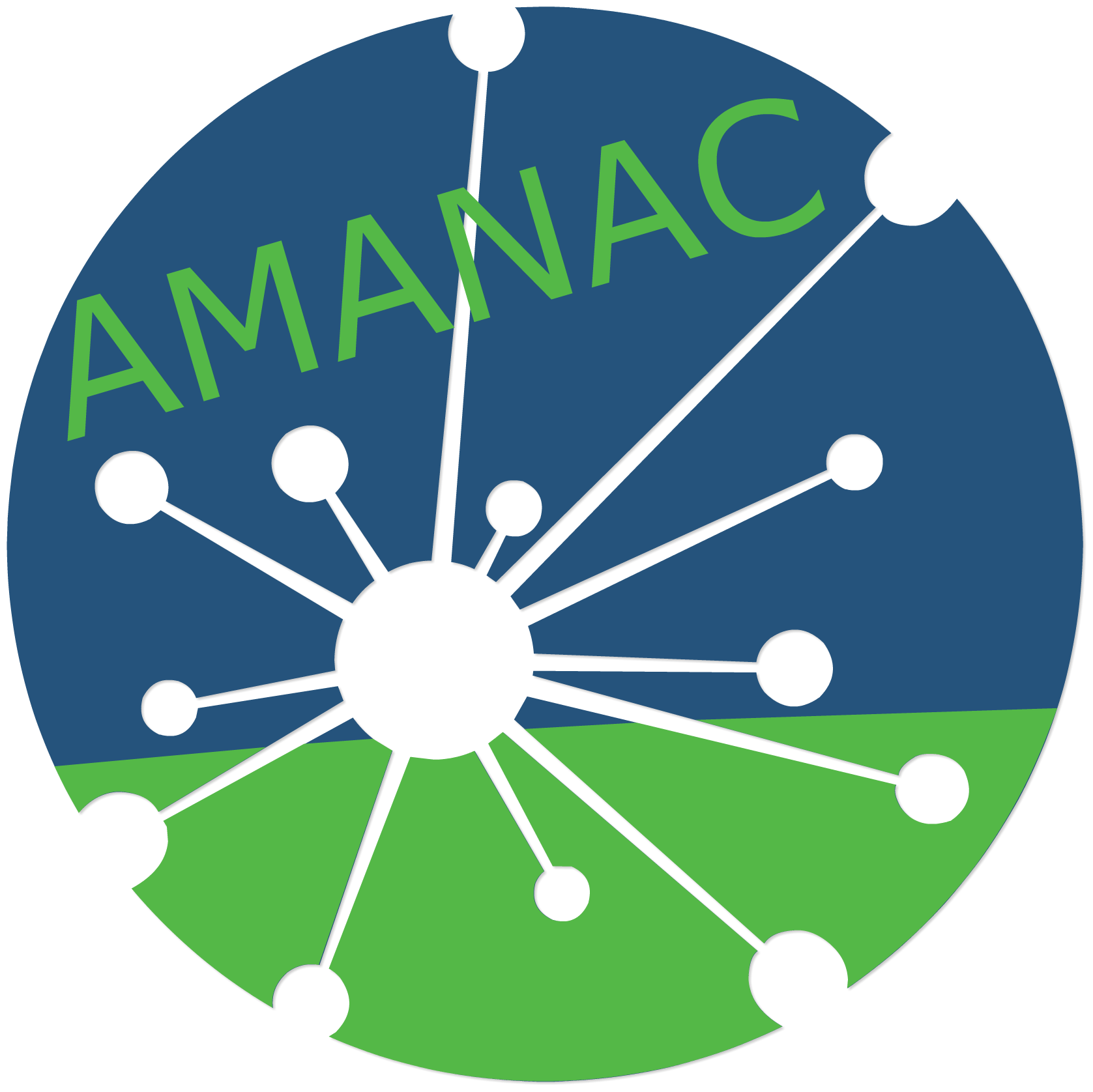Four Coordination and Support Actions (CSA’s) recently launched to support impacts of the PPP EeB
The EC has already supported more than 100 projects through the PPP EeB activities under FP7.
In continuation of the successful activities implemented under the PPP EeB in FP7, the EC and the Private side of the PPP, namely E2BA as representative of industry, signed a contractual arrangement in December 2013 for the continuation of the cPPP EeB under Horizon 2020. Therefore additional projects are being launched today through the first calls of H2020.
One of the main obligations and benefits of the contractual arrangement between the EC and E2BA is to monitor and exploit the results of the projects supported in this framework. Therefore, the EC launched in February 2015, the implementation of 4 CSA’s that will support the EC in monitoring the results of the projects and foster the dissemination and exploitation of these results.
These 4 CSAs are:
- EeB-CA2 (coordinated by CSTB on behalf of E2BA), which will consider the whole set of projects,
- EEBERS (coordinated by VTT), which will focus on ICT-related projects,
- SWIMing (coordinated by Trinity College Dublin), which will focus on Interoperability, Data Models and BIM aspects,
- AMANAC (coordinated by NTUA) , which will focus on material-related projects.
During the two coming years, these 4 CSAs will be interacting with all PPP EeB projects. More particularly EeB-CA2, which will act as a kind of Umbrella of the four CSAs, will be in charge of gathering information related to the FP7 projects running under the overall activities of the EeB area.
EeB-CA2
The EeB-CA2 initiative is to provide the right set of instruments supporting technology-clustering and geo-clustering upon the whole set of PPP EeB EC-funded projects related to energy efficiency in the built environment, with the following primary ambition: to enhance and rationalise coordinated and broader dissemination, technology transfer and future exploitation activities of clustered projects, so as to help them better promoting and marketing their achievements and deliverables. The projects will be clustered along the value-chain approach used in the PPP EeB Roadmap.
EEBERS
The EE ICT clusters (EEBERS) mission is to identify opportunities for synergies in ICT related RTD in the EeB (energy efficient buildings) domain. The aim is to effectively engage stakeholders in networking for future RTD and exploitation of results. The cluster activities will involve EeB projects, or projects’ activities, that address ICT solutions for EE buildings as one of their key priorities. The ICT clusters will connect relevant innovation stakeholders through R&D results and with the EU, national and regional levels initiatives within the construction, energy and ICT sectors. The target is to impact on speed up technology readiness and wide-scale deployment of solutions and services for building energy-efficiency.
SWIMing
The ‘SWIMing’ project will support EeB projects to enhance the impact of their results by making their data models open and accessible. It will develop a data modelling cluster where projects can share their use cases, data modelling requirements and get access to expertise in the area of open data models. The cluster will be structured by stages of the building life cycle (BLC) the projects results are applied, its particular domain, and the differing data requirements. By making project outcomes open and accessible to multiple stakeholders across the BLC, SWIMing will impact on the ease and efficiency with which these outcomes will be exploited across BLC energy management processes.
AMANAC
AMANAC is a long lasting collaboration and coordination platform aiming to maximize the impact towards the European Industry and Society of Advanced Materials and Nanotechnology projects targeting development of (nano) materials, components and systems for the improvement of the energy efficiency in the built environment. Horizontal interactions are supported by a Joint Action Plan that encompasses actions that amplify synergies and common practices in cross-cutting issues e.g. LCA/LCC and fire safety. Hurdles that delay market exploitation are analyzed to create frameworks for effective business roadmap and help projects with potential commercialization of research results. Publicity materials and organization of joint large scale event participation are envisaged for speeding-up the global impact of the research results coming from the Cluster projects.

